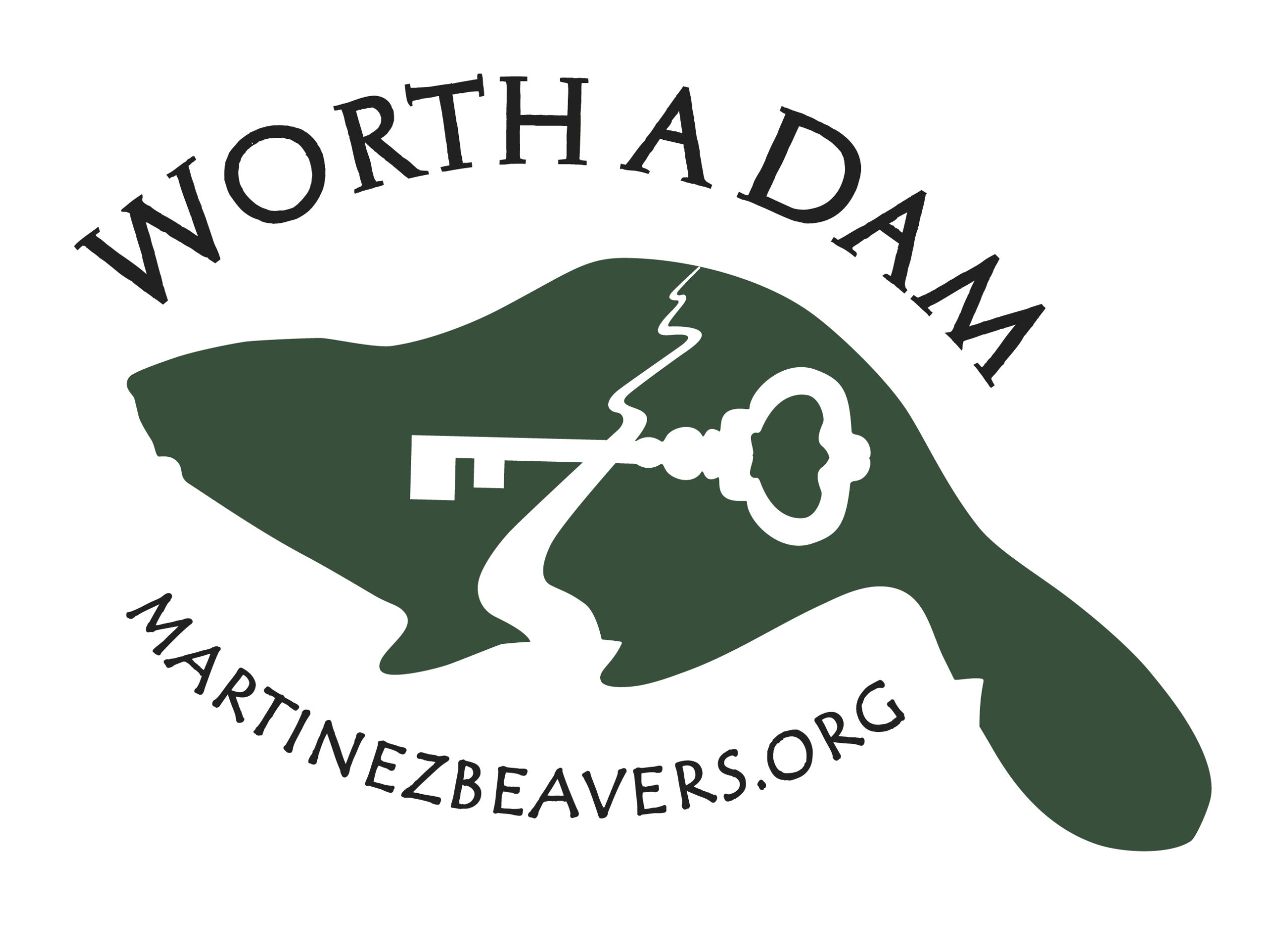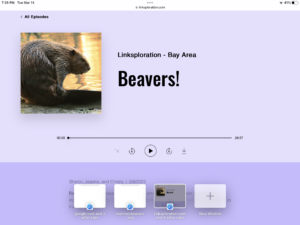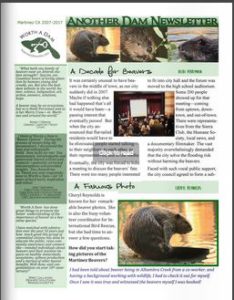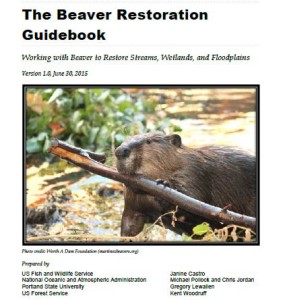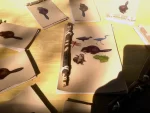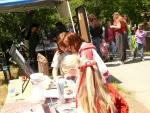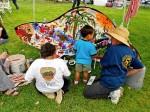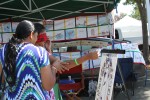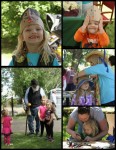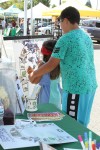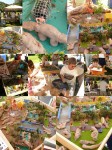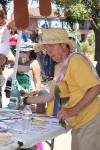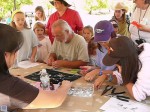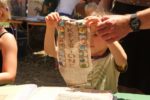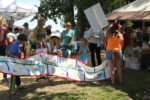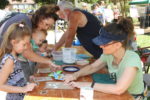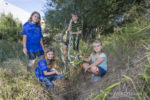Heidi PerrymanI was at a not-beaver conference in LA this weekend and decided to take a closer look at this book on the airplane: The Beaver: Natural History of A Wetlands Engineer. It’s a rich and accessible read, and would easily make any willing participant a beaver expert in very short time. One of the parts that interested me the most was the information on youngsters leaving home to start out on their own.
The author, Dietland Müller-Schwarz, calls these kits “dispersers” and talked about their high-risk journey towards independence. They have to sleep under roots or in culverts on their way, and often meet the beaver of their dreams while their looking for a possible home. These beavers are also called “floaters” because they are essentially nomads searching for a residence. He noted that they are somewhat more likely to go downstream than up, (just because it’s less work than swimming against the current) but that “downstream-ers” tend to make a U-turn and come back up because conditions aren’t right more often than “upstream-ers” come back for the same reasons.
He said that dispersers can go any distance from 2-30 miles, but interestingly, it is the females that tend to disperse over the greatest distances, perhaps because they need a better food supply for their future breeding. It made me think that we should be taking a serious look at our creek, and identifying sites where a disperser is likely to settle, but also identify sites where we would *like* them to settle. Since no launch is expected before March 2009 we have time to make the potential sites more attractive, luring the kits where we want them, rather than dealing with any problems they might cause later.
At the Friends of Alhambra Creek Meeting the train tressel bridge was discussed as a possible good beaver site. Where else can you think of? As always you can email your thoughts to mtzbeavers@gmail.com.
